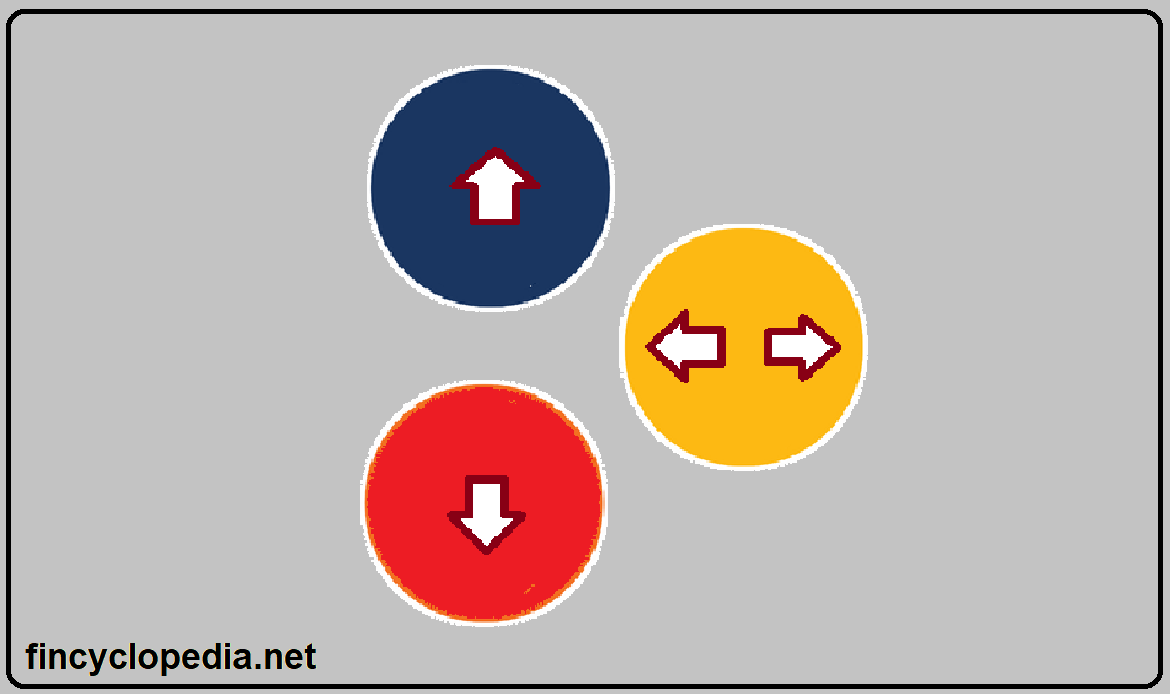An allowance is a contra asset or an amount to be deducted from an asset account to reflect a particular situation or fact (such as uncollectiblity of accounts receivable, etc.)
A provision is a liability whose timing and/ or amount are uncertain (whether arising from a legal or constructive obligation). It is an amount put aside in an entity’s accounts to cover a liability that may arise in the future (a future liability). Differently stated, a provision is an account which records a present obligation of a business (an entity) (in the statement of financial position or balance sheet) as a result of past events or transactions.
Nevertheless, allowance and provision are at times used to denote the same meaning: a management’s estimate of a certain probability that may adversely impact the value of its assets, whether based on historical data (as is the case with an allowance) or a future prediction (as is the case with a provision). Both allowances and provisions are created and maintained against potential losses and certain risks. Technically, allowances are charged to income statement, and are more of an operational nature, while provisions constitute an appropriation of profits. In the case that allowances fall short of covering such potential losses and risks, provisions are usually maintained over and above the established allowances to account for such shortfalls.







